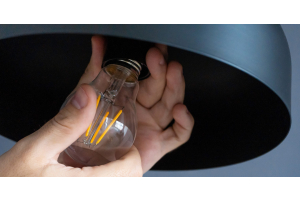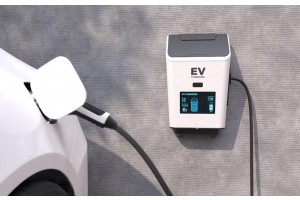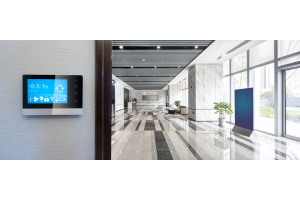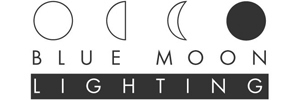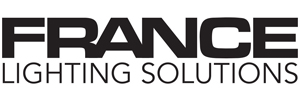LED Lighting Basics
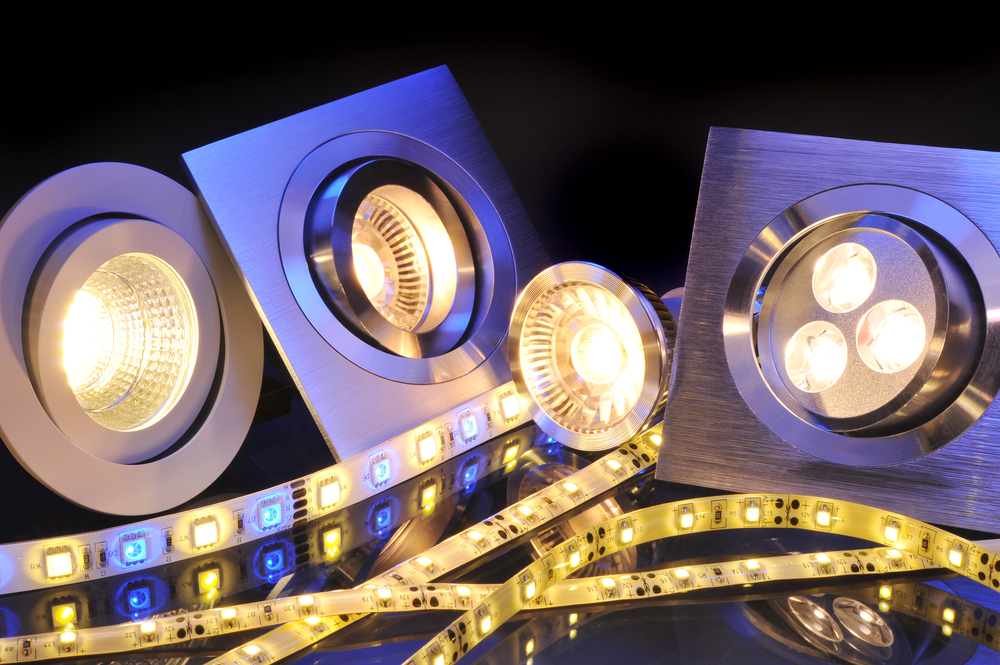
LED Basics: Everything you need to know about LED Lighting for your home and business.
LED is an acronym meaning ‘Light Emitting Diode’. This diode turns electrical energy into light, a diode is an electrical component that only works in one direction. It emits light when electricity flows through in one direction, from the Anode (positive side) to the Cathode (negative side). Due to this uni-directional system, LED Bulbs require less electricity to light and are much more energy efficient at producing more lumens compared to conventional light bulbs. LED lighting products produce light up to 90% more efficiently than incandescent light bulbs. LEDs typically do not “burn out” or fail. Instead, they experience ‘lumen depreciation’, wherein the brightness of the LED dims slowly over time. LED “lifetime” is established on a prediction of when the light output decreases by 30 percent. LEDs are “directional” light sources, which means they emit light in a specific direction, unlike incandescent and CFL, which emit light and heat in all directions.
Types of LEDs – 5mm Diameter and Surface Mounted LEDs
5mm Diameter - 5mm LEDs are diodes inside a 5mm diameter lens with two thin metal legs on the bottom. These LEDs are typically found in low intensity applications.
Surface Mounted LEDs - Surface Mounted LEDs are diode(s) that can be placed on a circuit board with a silicon dome over the diode to protect it. These are also known as High-Powered LEDs.
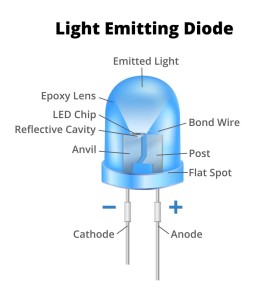

Wiring LEDs
Since LED circuits only flow in one direction – from the anode to the cathode – LEDs will not work if this circuit is backward. Figuring out which is the anode and the cathode is fairly easy – 5mm LEDs’ anode is slightly longer than the cathode lead, Surface Mount LEDs are labeled for easy identification.


LED Colors
White LEDs - White light can be achieved with LEDs in three ways:
Phosphor conversion, in which a phosphor is used on or near the LED to convert the colored light to white light
Color-mixed systems, in which light from multiple monochromatic LEDs (e.g., red, green, and blue) is mixed, resulting in white light
A hybrid method, which uses both phosphor-converted (PC) and monochromatic LEDs.
Color LEDs - LEDs are not inherently white light sources. Instead, LEDs emit nearly monochromatic light, making them highly efficient for colored light applications such as traffic lights and exit signs.
LEDs and Heat
LEDs use heat sinks to absorb the heat produced by the LED and dissipate it into the surrounding environment. This keeps LEDs from overheating and burning out. Thermal management is generally the single most important factor in the successful performance of an LED over its lifetime. The higher the temperature at which the LEDs are operated, the more quickly the light will degrade, and the shorter the useful life will be.
Future of LEDs
LED lighting technology now offers the highest luminous efficacies (and efficiencies) of any light-source technology, and low prices have resulted in significant adoption.
If you have any further questions, please don’t hesitate to contact us at 888-307-3700. We have qualified lighting specialists that will make sure that you get the product that best suits your needs.



